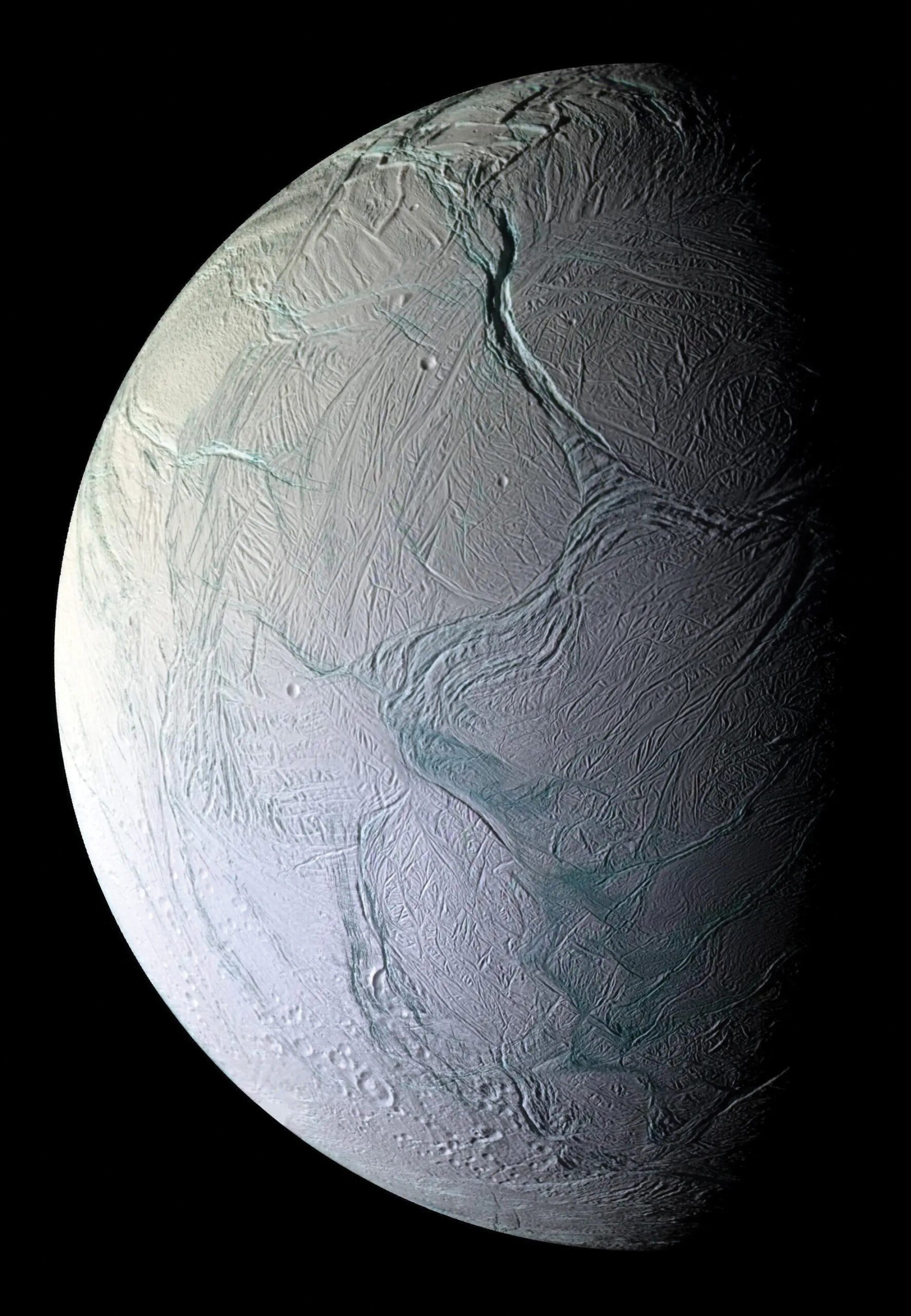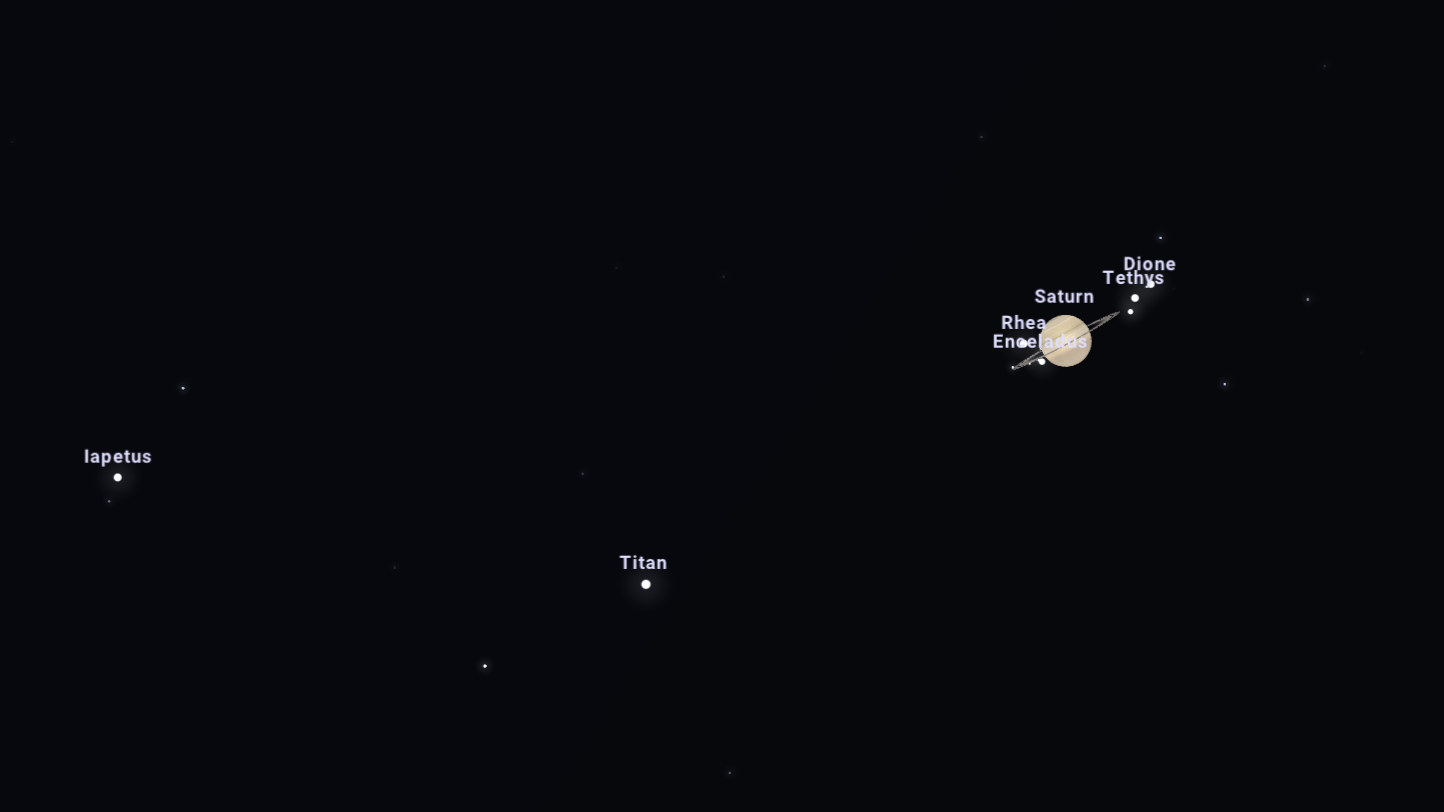
Marvelous Moons
By Kat Troche, NASA Night Sky Network, Eric Sims, Stellar Vista Observatory.
Participate in one of two Star Parties during September on the 13th & 20th.
Did you know there are more than 200 moons in our Solar System? Most of them orbit Jupiter and Saturn. This September, Saturn rises around 9 PM, and Jupiter rises around midnight. Come to Stellar Vista Observatory’s (SVO) next star party (details below) to see Saturn for yourself!
As of August 2024, Saturn has 146 identified moons in its orbit. They range in size, the smallest being a few hundred feet across, to Titan, the second largest moon in our solar system. Titan was briefly explored in 2005 with the Huygens probe as part of the Cassini-Huygens mission. NASA’s mission Dragonfly is set to return to Titan in the 2030s.
Saturn’s moon, Enceladus, was also explored by the Cassini mission, revealing plumes of ice that erupt from below the surface, adding to the brilliance of Saturn’s rings. Much like our own Moon, Enceladus remains tidally locked with Saturn, presenting the same side towards its host planet at all times.
Jupiter has 95 moons, four of which can be easily seen with a small pair of binoculars or a small telescope. They were first discovered by Galileo Galilei in 1610:
Ganymede: Largest moon in our solar system, and larger than the planet Mercury! It has its own magnetic field and a possible saltwater ocean beneath the surface.
Callisto: This heavily cratered moon is the third largest in our solar system. Although Callisto is the furthest away of the Galilean moons, it only takes 17 days to complete an orbit around Jupiter.
Io: The closest moon to Jupiter and the most volcanically active body in our solar system!
Europa: Jupiter’s smallest moon also happens to be the strongest candidate for a liquid ocean beneath the surface. NASA’s Europa Clipper is set to launch in October 2024 and will determine if this moon has conditions suitable to support life.
SVO has two public star parties scheduled for September: On Friday, September 13, at 7 PM, we will celebrate International Observe the Moon Night at the Kanab City Library. On Friday, September 20, at 8:30 PM, join us on the observation deck at Coral Pink Sand Dunes State Park to see Saturn, Scorpius, and more.
Visit stellarvistaobservatory.org for more details and information.
SVO is a 501(c)3 nonprofit organization based in Kanab. Our mission is to provide observational experiences for people to enjoy, appreciate and comprehend what we can see in southern Utah’s starry night sky. Click Here to view SVO’s full public star party calendar.




